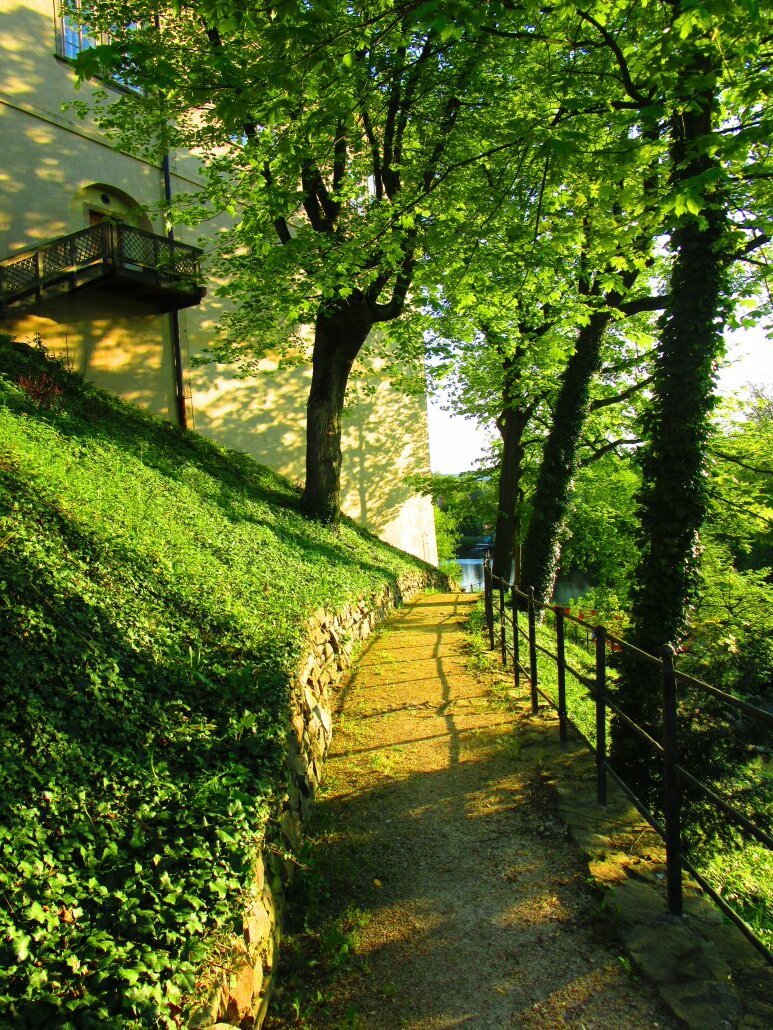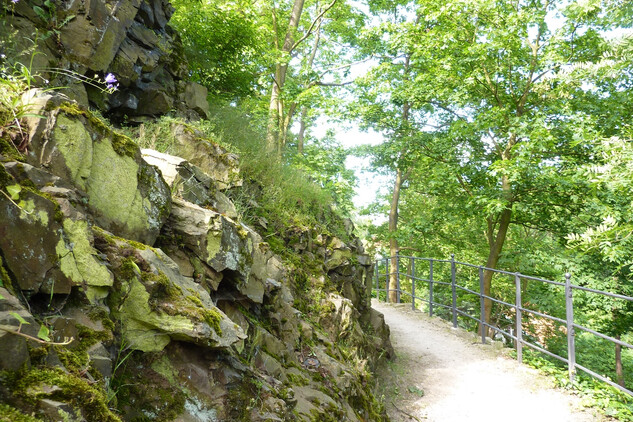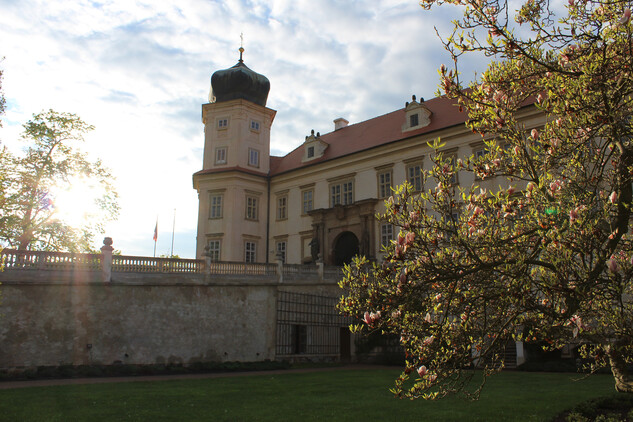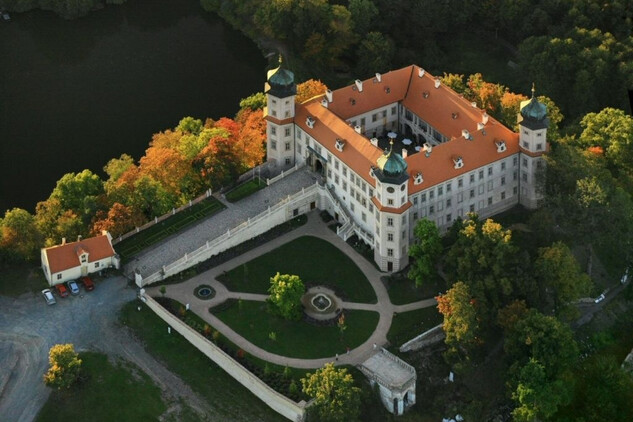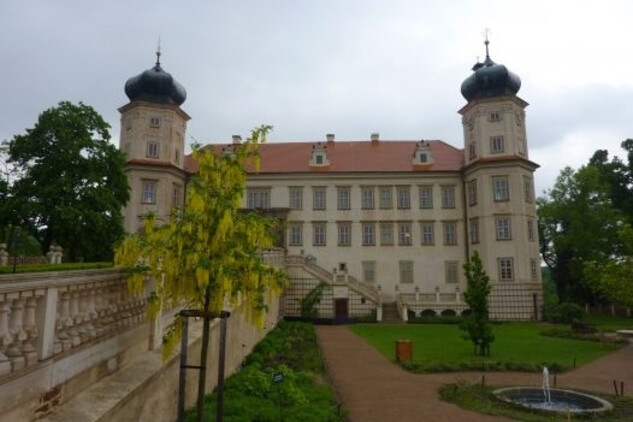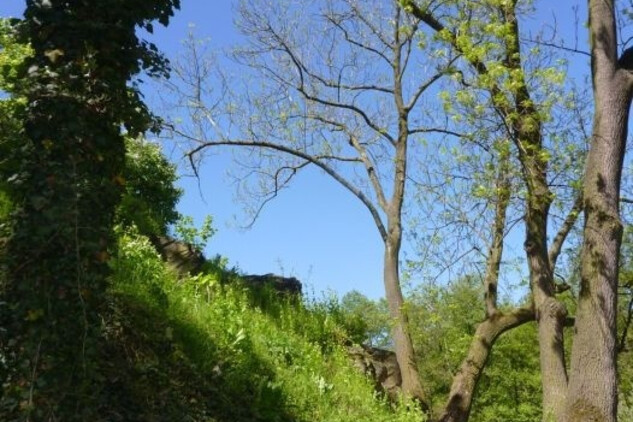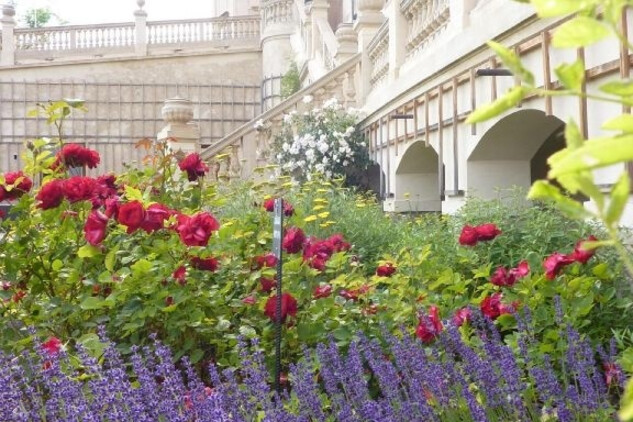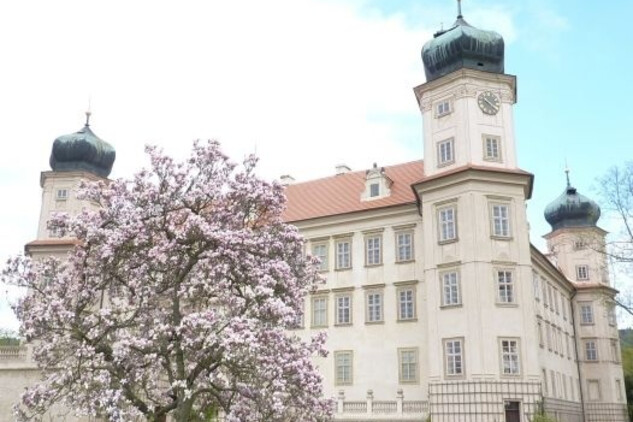Dear visitors. If you want to be sure of a place on the tour, buy tickets on line. Thank you for your understanding.
Chateau park
The castle park is open on Saturdays and Sundays from 11:00 to 15:00. In case of strong wind, rain and snow cover, the castle park is closed.
Wedding guests who did not have their wedding in the interiors of the monk's castle or in its park are required to pay a fee of CZK 500 when taking pictures in the park.
If we wanted to map the beginnings of today's form of the castle garden, consisting of an upper and a lower part, we would have to go back to the second half of the seventeenth century, when Servác Engel from Engelflus became the owner of the castle. He had the original castle moat filled in and the foundations of the castle garden were created in its place.
What did the garden look like? Today we can only guess. It was probably a baroque form with a fountain on the central axis. One of the features of the seventeenth-century garden architecture is the sala terrena, which can still be seen today. From the upper part of the terrain hall you can enjoy a view of both the landscape and the castle park below.

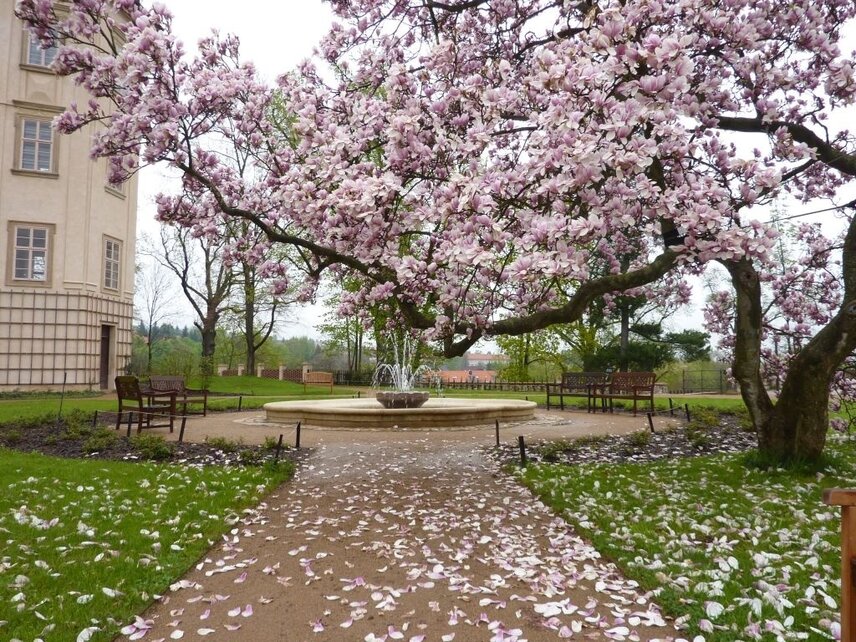
In the spirit of nineteenth-century romanticism, the garden underwent numerous modifications during the time when the castle was owned by Count Karel Schirnding. Admiration for the forgotten world of antiquity, antiquity and enthusiasm for a new scientific discipline - archeology - was also testified by the obelisk erected near the Terrain hall. The not very tall obelisk was topped with a gilded pyramid representing the sun god Ra. The atmosphere of the garden was completed by greenhouses, a doghouse, an artificial waterfall, "pools" and wooden gazebos.
The English poet Alexander Pope wrote: "In all things follow the spirit of the place." In accordance with these words, a combination of ivy and a network of paths reflecting the rocky slope was created in the northern part of the castle park. An interesting connection with the surrounding landscape was certainly the wooden gazebo built in such a way that it formed an almost direct axis with the church of Mary Magdalene on Skalka.
Further modifications in the castle garden took place in the years 1911-1920. However, the owners of the castle, the Kast family from Ebelsberk, did not interfere much with the appearance of the park and focused primarily on improving the technical condition of individual buildings.
Wooden gazebos and some water tanks have not survived to this day. The restoration of the castle garden began at the end of August 2008 according to the project of Ing. Šonský (garden part) and Ing. Kant's arch. Mains for electricity, water and sewage and distribution for fountain technology were laid. The fountains were created on the basis of small building remains of the original fountains, written documents and memories of witnesses. Soil was introduced, beds were created and planted, lawns were established, the path system, stairs, retaining walls were restored, significant trees were treated and unsuitable trees were removed. The upper part of the castle park has been open to the public since July 2009. The lower and northern part of the castle park is still inaccessible.
In the castle park we can find a number of interesting plants and trees. These include the mature Magnolia, Waterer's Christmas tree, Ginkgo biloba and Lyre tree - tulip tree. The colorful decoration of the flower beds are ground cover roses, narrow-leaved lavender, Kalina Karlesiova, rosehip, bushy vetch and others...
